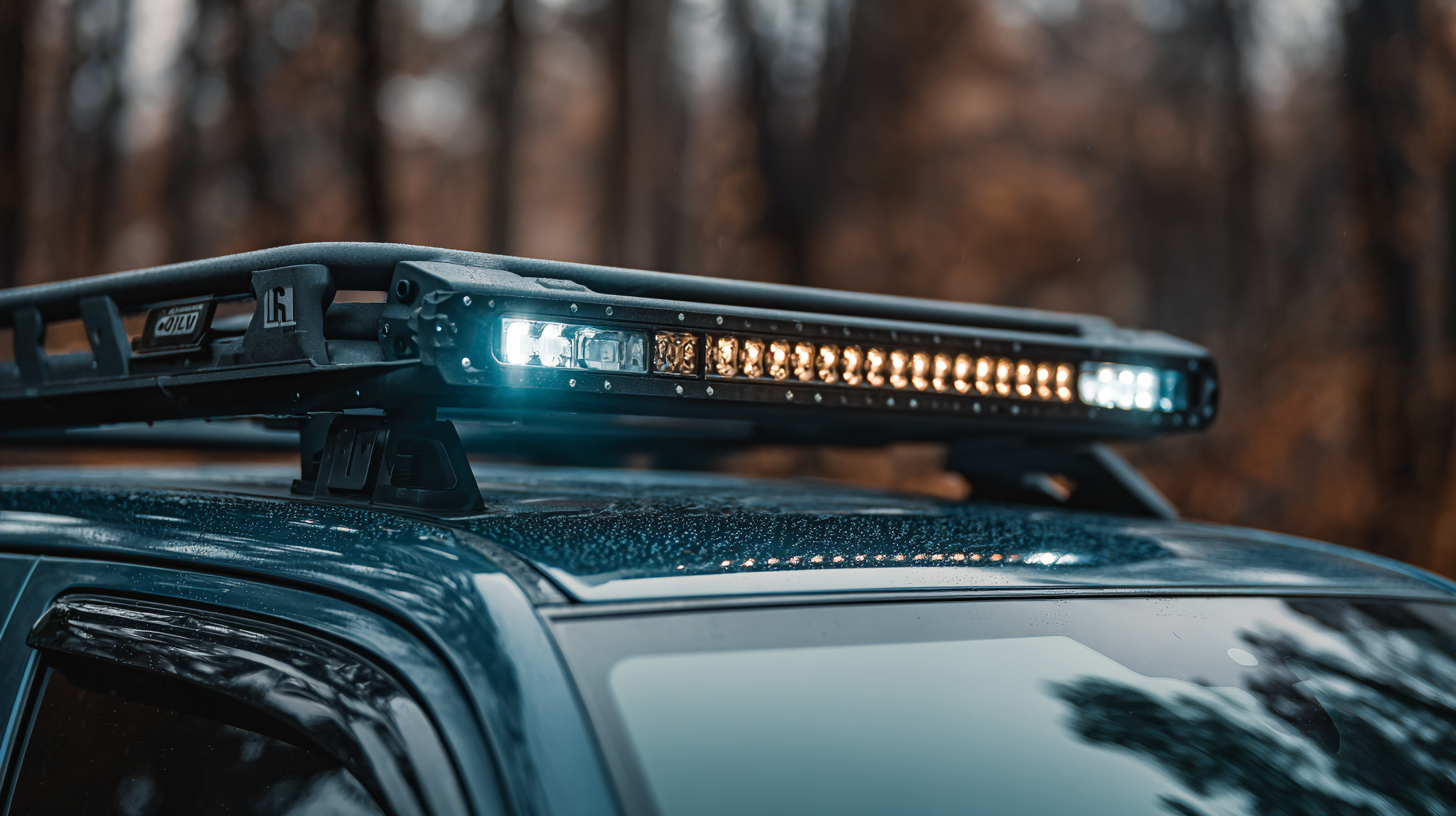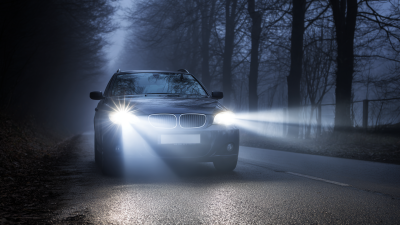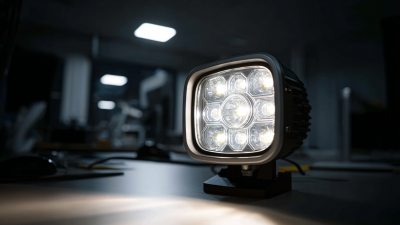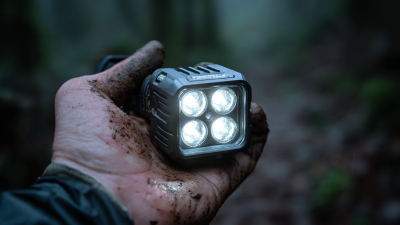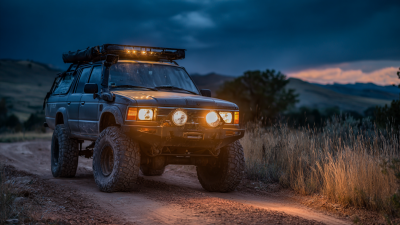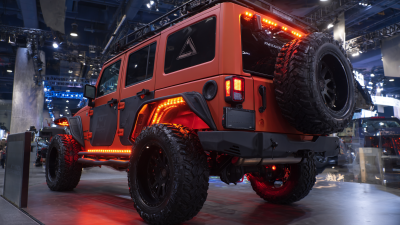Leave Your Message
When it comes to enhancing vehicle safety and visibility, particularly in emergency and off-road situations, selecting the right Lightbar Mounts is crucial. According to a recent report by the National Highway Traffic Safety Administration, approximately 32% of vehicle accidents occur in low-light conditions, highlighting the importance of adequate illumination. Lightbar Mounts not only ensure stability and durability for lightbars during operation but also play a significant role in optimizing the light distribution for maximum effectiveness. Industry experts suggest that improperly mounted lightbars can reduce visibility by up to 30%, potentially jeopardizing safety. Therefore, understanding the various types of Lightbar Mounts available, their compatibility with different vehicles, and the environments in which they will be used is essential for making informed decisions that enhance both visibility and safety on the road.
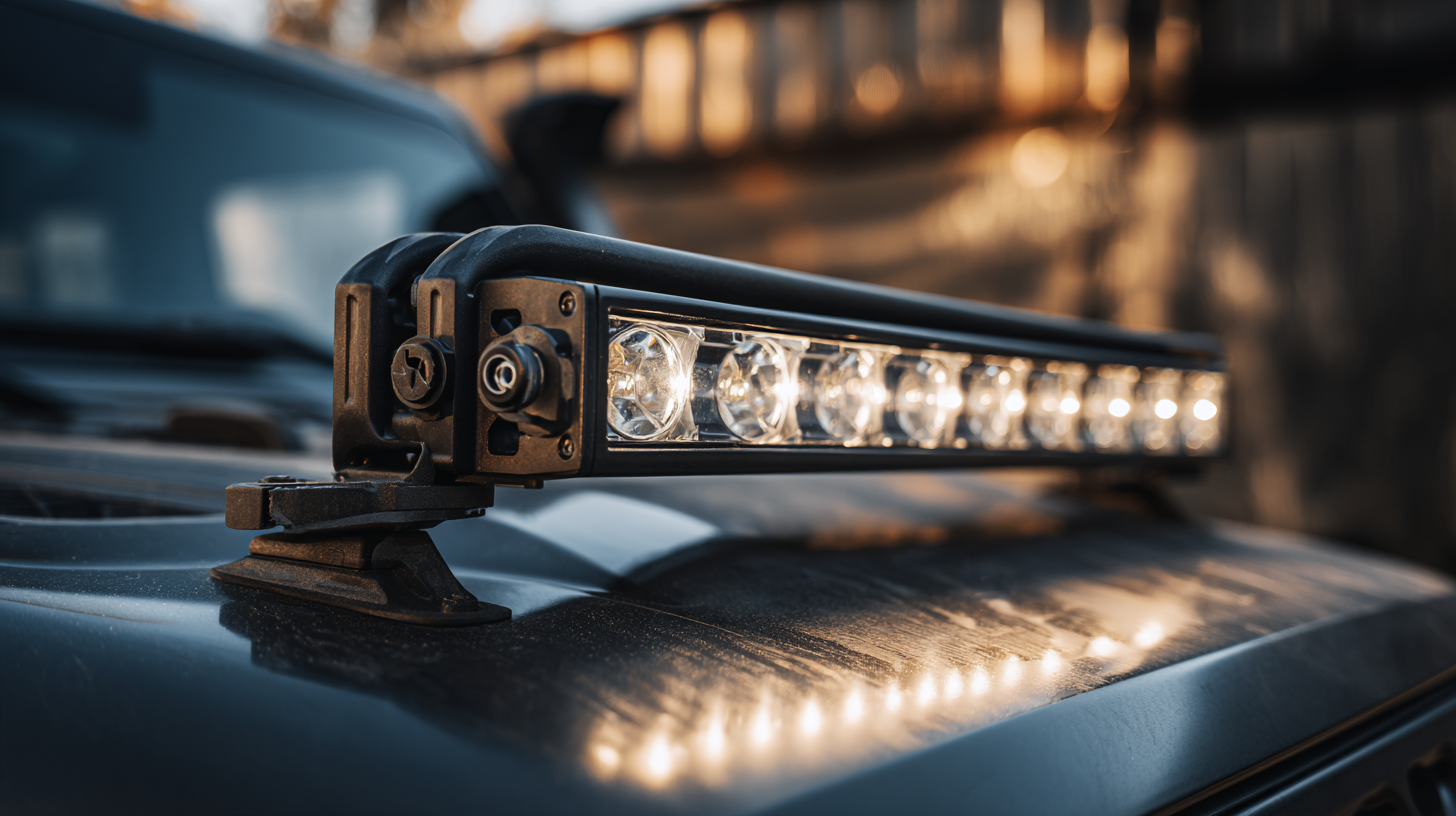
When selecting lightbar mounts for your vehicle, several key factors must be considered to ensure optimal visibility and safety. First and foremost, compatibility with your vehicle model is critical. Different vehicles have unique dimensions and mounting points, so it is essential to choose mounts that fit securely without interfering with other components. This ensures that the lightbar remains stable during use and maintains its effectiveness in providing illumination.
Another important factor is the material and construction of the mounts. Durable materials, such as heavy-duty aluminum or stainless steel, can withstand harsh weather conditions and resist corrosion. Additionally, consider the mount's design; adjustable or versatile mounts can offer flexibility in positioning the lightbar for maximum visibility. Evaluating the ease of installation and removal is also crucial, as it can affect how often you use the lightbar for various applications. By taking these factors into account, you can make an informed choice that enhances both the functionality and safety of your vehicle.
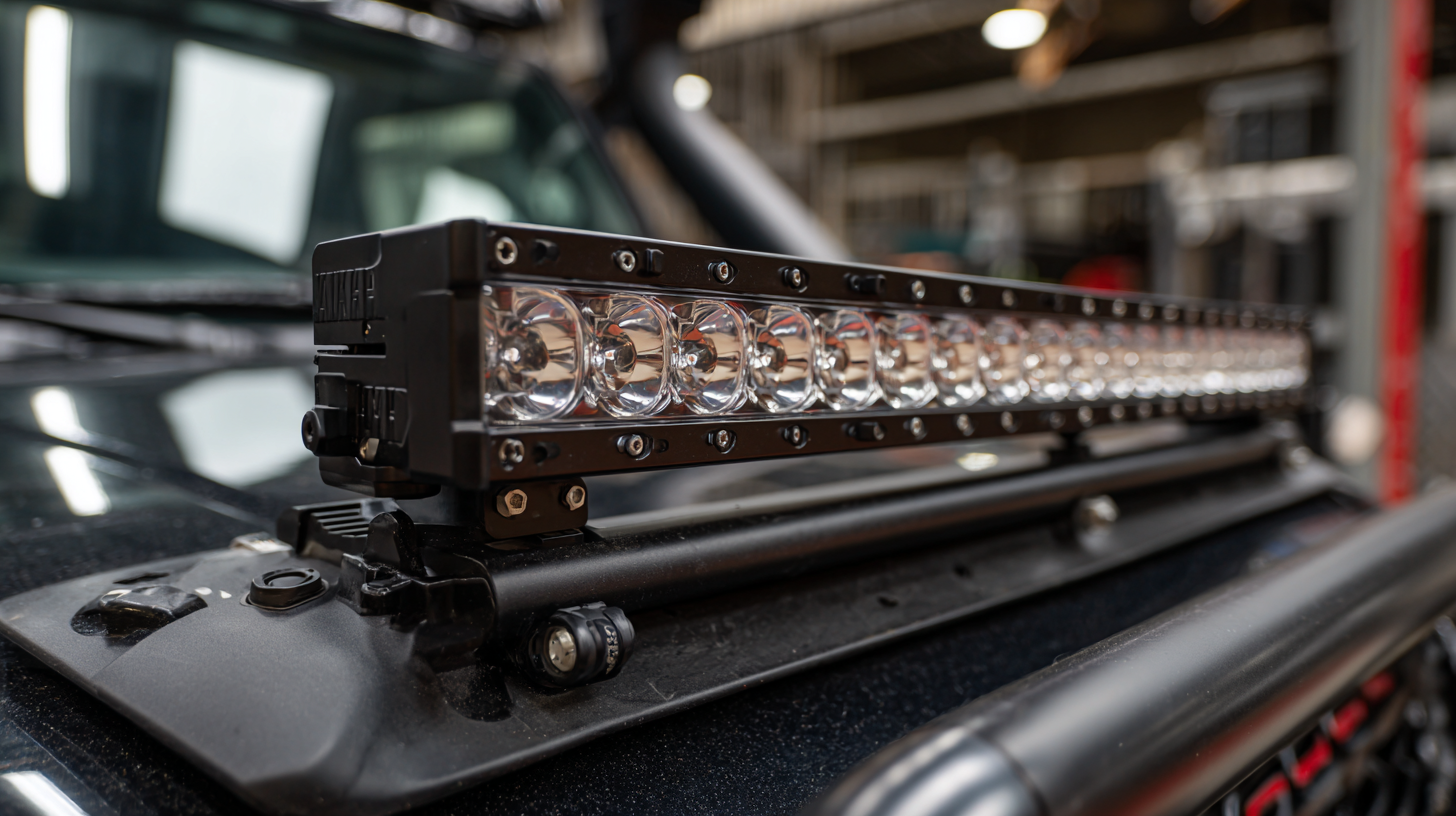
When selecting the best lightbar mounts, it's crucial to understand the various types available and their specific applications. There are several common types of mounts, including roof mounts, gutter mounts, and bracket mounts. Roof mounts are typically favored for their elevated position, maximizing visibility on the road, while gutter mounts offer a secure attachment for vehicles with rain gutters. Each type has its own advantages, depending on the vehicle's design and usage scenario.
In addition to the physical types of mounts, consider the material and durability. Heavy-duty aluminum and steel mounts provide enhanced strength and resilience against harsh weather conditions. It's also important to think about adjustability and ease of installation. Some mounts feature swivel or tilt mechanisms that allow for optimal positioning of the lightbar, ensuring it shines the light where it's most needed. Understanding these different types and their functionalities can significantly enhance safety and effectiveness when outfitting vehicles with lightbars.
| Mount Type | Material | Installation Location | Visibility | Best For |
|---|---|---|---|---|
| Permanent Mount | Aluminum | Roof | High | Emergency Vehicles |
| Magnetic Mount | Steel | Roof | Medium | Service Vehicles |
| Adjustable Mount | Plastic/Aluminum | Bumper/Grille | High | Off-Road Vehicles |
| Suction Cup Mount | PVC | Windshield | Variable | Non-Emergency Use |
| Roll Bar Mount | Aluminum/Stainless Steel | Roll Bar | High | Jeep and Off-Road Vehicles |
When selecting lightbar mounts for your vehicle, several key features are crucial for ensuring visibility and safety. One of the most important aspects is material durability. High-quality mounts are often made from materials like aluminum or heavy-duty steel, which can withstand harsh weather conditions and rough terrains. According to a report by the Specialty Equipment Market Association (SEMA), vehicles equipped with robust accessories like lightbars experience a significant decrease in nighttime accidents, emphasizing the need for reliable mounts.
Another vital feature to consider is the mounting versatility. Look for mounts that are adjustable and compatible with various vehicle types. This flexibility ensures optimal positioning of the lightbars, maximizing illumination while minimizing potential obstructions. According to Vehicle Lighting and Safety Guidelines provided by the National Highway Traffic Safety Administration (NHTSA), proper light placement reduces the risk of accidents by enhancing visibility for both the driver and other road users.
Tips: Always check the weight capacity of the mounts; overstressing them can lead to failure, potentially compromising safety. Additionally, consider mounts with easy installation features, allowing you to upgrade your vehicle quickly and efficiently. Regularly inspect your mounts for wear and tear to maintain optimal performance.
When installing lightbars, ensuring maximum visibility and safety should be at the forefront of your decision-making process. One essential tip is to select mounting locations that offer a clear line of sight while minimizing obstructions. This means positioning the lightbar higher on the vehicle or utilizing adjustable mounts to achieve the best angle. A lightbar that is too low or angled poorly can significantly hinder its effectiveness, potentially risking safety during nighttime or low-visibility conditions.
Another critical consideration is the type of lighting you choose. Opt for LED lightbars that offer bright, wide-angle illumination, as they provide better visibility without causing glare for oncoming traffic. Additionally, consider the lightbar's wattage and lumen output to ensure it aligns with your needs, whether for off-roading, emergency response, or general visibility. Finally, ensure the installation process adheres to local regulations to prevent legal issues and maintain safety on the road.
When it comes to maintaining lightbar mounts, proper upkeep is essential for ensuring optimal visibility and safety. Regular inspections can significantly prolong the life of these mounts, as they are often exposed to harsh environmental conditions. According to a recent study, routine maintenance can extend the lifespan of automotive accessories by as much as 25%. This highlights the importance of addressing wear and tear before it becomes a costly issue.
Tips for maintaining your lightbar mounts include ensuring they are properly tightened to reduce vibrations that can lead to loosening over time. Additionally, applying a protective coating can shield the mounts from rust and other corrosive elements. Regularly cleaning the mounts to remove dirt and grime will help maintain their functionality and appearance. Remember, even minor adjustments or inspections can prevent significant problems down the road, enhancing both the safety and performance of your lighting system.
Ultimately, investing time in maintenance not only ensures the longevity of your lightbar mounts but also contributes to greater safety on the road. Incorporating these best practices can markedly reduce the need for replacements, saving both time and expenses in the long run.
